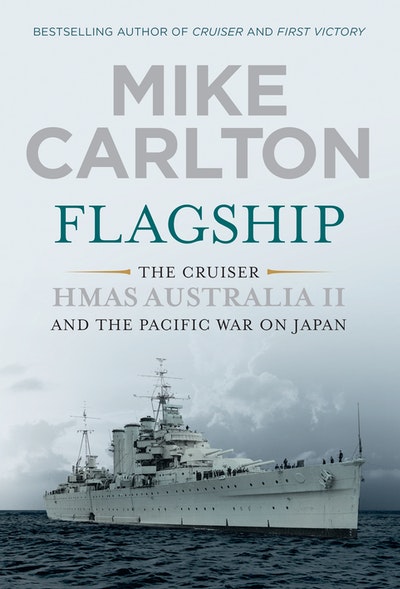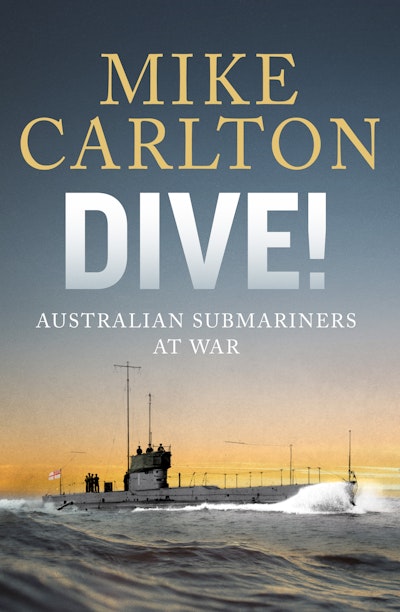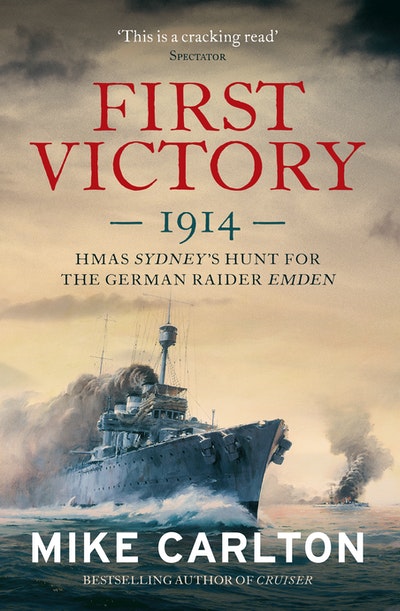- Published: 14 August 2017
- ISBN: 9780857987785
- Imprint: William Heinemann Australia
- Format: Trade Paperback
- Pages: 656
- RRP: $40.00
Flagship
The Cruiser HMAS Australia II and the Pacific War on Japan
- Published: 14 August 2017
- ISBN: 9780857987785
- Imprint: William Heinemann Australia
- Format: Trade Paperback
- Pages: 656
- RRP: $40.00
Author and broadcaster Mike Carlton has a lifelong commitment to Australian naval history. Flagship is his third book in a magnificent four-part series ... Meticulously researched, finely written and well-structured ...utterly absorbing. Carefully placed in historical context by Carlton, our naval exploits during World War II are intertwined with fascinating individual life stories ... Carlton also deals in sensitive detail with a number of Japanese admirals and commanders, as well as their crew and families.
Ross Fitzgerald, Australian
Mike Carlton is now distinguished by his own efforts with the pen as an able chronicler of the Royal Australian Navy ... [his] skills -- together with his empathetic assessments of our naval traditions -- are again prominent in his new book, Flagship ... an impressive book in a number of dimensions ... Carlton moves briskly and purposefully, with a clear determination to tell not only the story of Australia and her sister ships, but of the RAN at that point in our military history when imperial reliance upon Britain evolved into the challenge of alliance with the emerging power of the United States.
Stephen Loosley, The Strategist, Australian Strategic Policy Institute
Why is there such a blind spot in the general knowledge of the RAN’s role in the Pacific? What accounts for this national amnesia? It may owe much to the lack, until now, of one good book which is available and easily read by any who wish to learn what happened to Australian sailors at war in the Pacific. Australia’s naval history in World War II is a significant part of the nation’s story and deserves to be formally taught to each generation. Flagship is the book every school could use for this purpose.
Australian Naval Institute











